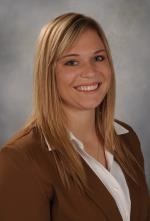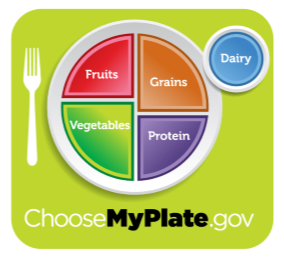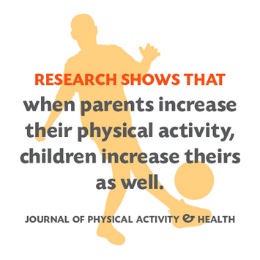
Family and Youth
Development Agent
We’ve had drought, wildfires, a spring blizzard and flooding in Kansas this year and it’s only August. If your home or office was affected by a disaster, would you have an accurate record of what you lost? Would you easily know who to report it to and how to reach them?
Prepare Kansas begins September 1. The annual online challenge will run through September to coincide with National Preparedness Month, coordinated by the Federal Emergency Management Agency. Prepare Kansas is an online challenge for all Kansans and others available through the K-State Research and Extension Facebook page and the #prepareKansas blog.
This year, Prepare Kansas will help you take steps to be more financially prepared to weather any challenges, plus it’s a good way to stay organized.
- Week 1: You don’t know where to get back to if you don’t know where you started, right? This week’s challenge takes you step-by-step through preparing a household inventory.
- Week 2: Things change. Circumstances change. Know the right questions to ask as you review homeowner’s or renter’s insurance, plus auto insurance coverage.
- Week 3: If you had a few precious minutes to l
 eave your home or office, what would you take? Learn the basics about what to include in a grab-and-go kit to help get you back on firm financial footing more quickly.
eave your home or office, what would you take? Learn the basics about what to include in a grab-and-go kit to help get you back on firm financial footing more quickly. - Week 4: Communication is key. This week’s challenge is to develop and practice a family communication plan.
By: Nora Rhoades


 Shoot for whole grains. Choose whole grain foods, such as whole-wheat bread and whole wheat tortillas instead of white.
Shoot for whole grains. Choose whole grain foods, such as whole-wheat bread and whole wheat tortillas instead of white. The month of September signals the prime time to fertilize your tall fescue or Kentucky bluegrass lawns. If you could only fertilize your cool-season grasses once per year, this would be the best time to do it.
The month of September signals the prime time to fertilize your tall fescue or Kentucky bluegrass lawns. If you could only fertilize your cool-season grasses once per year, this would be the best time to do it. Research shows that when parents increase their physical activity, their children will do the same. This also rings true for Fruit and vegetable intake. Your children look up to you, so be positive about how your decisions to eat healthier and move more make you feel better. Feel free to follow these links for more information to becoming a healthier role model for your children.
Research shows that when parents increase their physical activity, their children will do the same. This also rings true for Fruit and vegetable intake. Your children look up to you, so be positive about how your decisions to eat healthier and move more make you feel better. Feel free to follow these links for more information to becoming a healthier role model for your children. and their families to be excited about books and to feel the magic that books can create. Reading is a valuable experience for young learners as it promotes positive brain development, helps a child understand the world around them, and enhances positive relationships with the caring adults they rely on.
and their families to be excited about books and to feel the magic that books can create. Reading is a valuable experience for young learners as it promotes positive brain development, helps a child understand the world around them, and enhances positive relationships with the caring adults they rely on. Sunflowers are usually ready to be harvested beginning in mid-September and into October. Seed heads can ripen on the plant, but they will need protection from birds. Try covering the heads with a paper sack or cheesecloth once the petals start turning brown. Use a twist tie or rubber band to secure the covering. This will not only help keep birds out but will prevent ripened seeds from dropping out of the head. Check for maturity by looking for the following signs:
Sunflowers are usually ready to be harvested beginning in mid-September and into October. Seed heads can ripen on the plant, but they will need protection from birds. Try covering the heads with a paper sack or cheesecloth once the petals start turning brown. Use a twist tie or rubber band to secure the covering. This will not only help keep birds out but will prevent ripened seeds from dropping out of the head. Check for maturity by looking for the following signs: